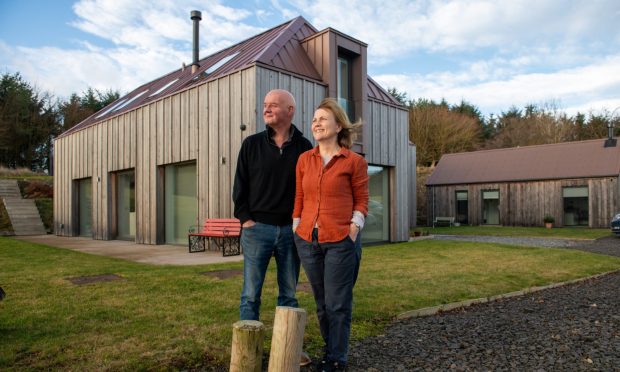The gardener’s weather has been very kind over winter.
Seems like we must be getting another mild winter, as we are now at the end of January and I have yet to see a snow flake.
In fact it has been dry and warm with just a few morning frosts and ground preparations up on the allotment are well ahead.
Digging has been completed apart from where winter vegetables are growing, but it is always very easy to find other jobs needing attention.
Fruit trees and bushes and roses, (bush, shrub and climbers) have all been pruned. Most grape vines inside the greenhouse as well as outdoor varieties have all been pruned though I left a few shoots on so I could get a batch of cuttings.
Grape vines like an early start and with the mild winter they are quick to spring into growth, so to prevent sap bleeding from pruned shoots the pruning is best completed by the end of January for those under glass and a couple of weeks later for those grown outdoors.
Where ever they are grown adopt a system that allows good air circulation around developing bunches and continual summer pruning to prevent the vines from growing excessively at the expense of grapes.
Establish a permanent framework of rods and laterals with spurs every six inches or so.
Vines are very adaptable and are happy to be restricted to any space available, and perfect on a warm south facing wall.
During December to early February cut all shoots back to one bud on the rods or laterals.
Once growth starts in spring wait till you see the young grape bunches appear then start the summer pruning.
Cut the shoot tips after two leaves have formed beyond the fruit bunches then subsequently cut all shoots after one leaf.
When the vine is prevented from growing excessively it puts all its energy into developing the bunches of grapes.
Grapes are very easy to propagate. Retain some of the strongest shoots and cut to lengths of two to three buds and putting them into small pots, three to a pot.
Grow them indoors in a cold greenhouse or on a windowsill.
Once rooting takes place and growth commences remove them from the pot and place them in individual pots. They grow very quickly.
Figs growing outdoors can also be propagated by hardwood cuttings taken about four to six inches long and treated the same as vines.
Another task on a dry day is to check over tree stakes and ties and replace where necessary.
This is also a good time to dig up and divide rhubarb clumps that may have been growing for several years.
Dig up the clump and divide them into strong roots with at least two or three good buds.
Replant these on fresh ground that has been dug over and compost worked into the soil.
Add a dusting of fertiliser to help them get established in spring.
Harvesting continues with swedes, cabbage, sprouts, kale, parsnips and leeks.
The mild winter has allowed excellent growth of overwintered vegetables.
Indoors it is time to start the first seed sowing.
Peppers need a long growing season so they are first to get sown.
Varieties worth trying include Tabasco, Basket of Fire, Krakatoa, Demon Red and Padron.
Peppers will be followed by onions, broad beans and sweet peas and if the mild winter continues my tuberous begonias will be coming out of storage to get boxed up in good compost and placed in a warm room.
Wee jobs to do this week
Check over young spring flowering pansies for greenfly (aphids) and leaf spot disease and spray all affected plants with a rose combined pest and disease insecticide. Plants in sheltered spots are liable to infection in our mild winters as both greenfly and leaf spot disease keep growing.
















